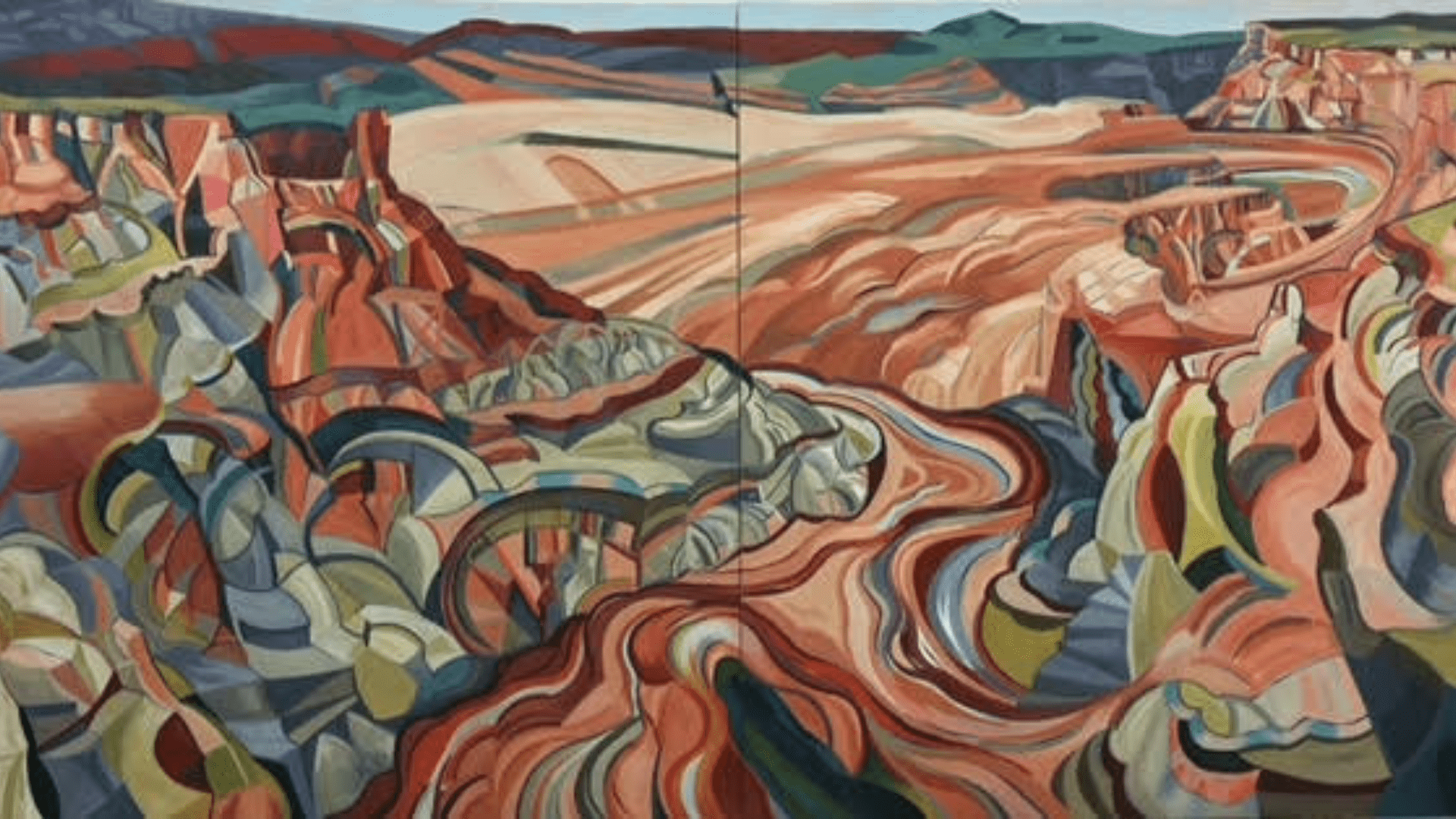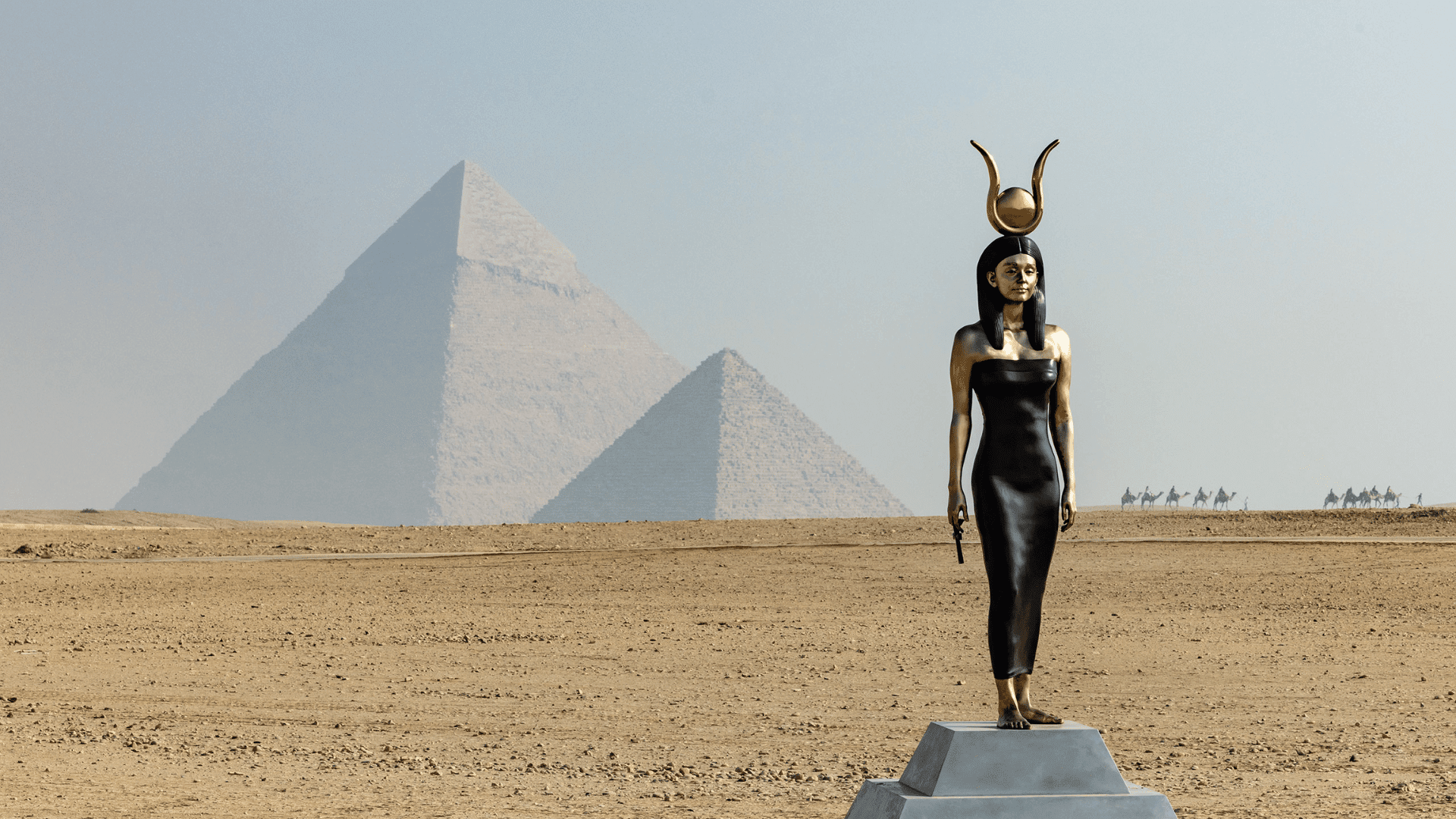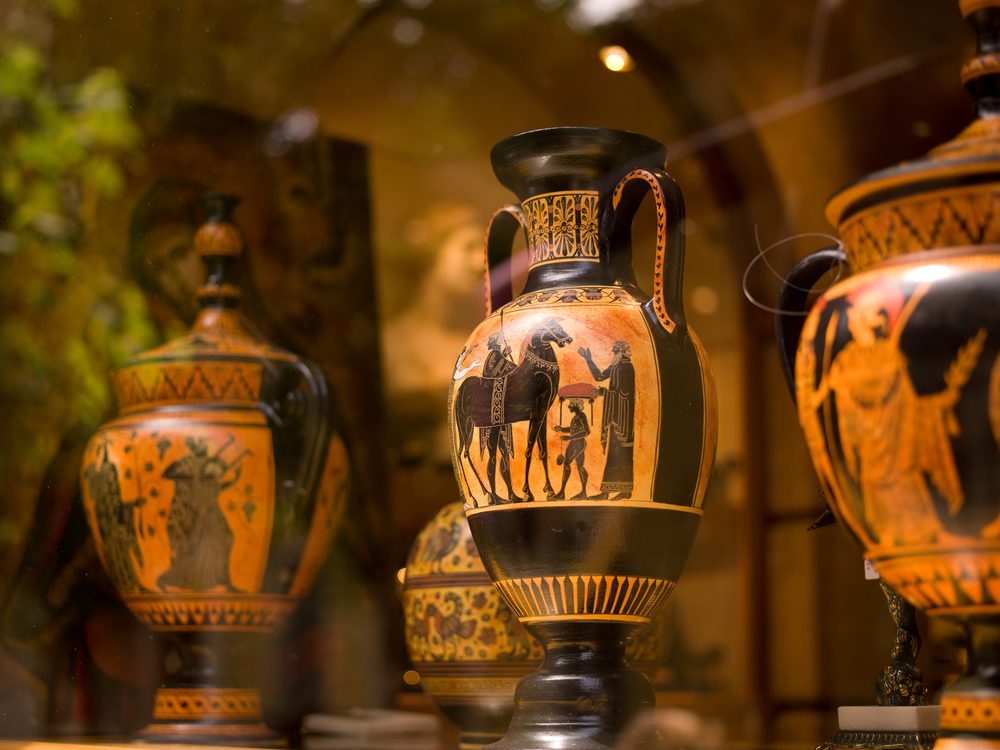According to multiple news reports, volunteers in Kazakhstan discovered about 100 petroglyphs that date back 3,500 years. However, per a report from Live Science, a scholar says this ancient discovery isn’t new. Locals kept it a secret until now to do more research.
Ancient Art
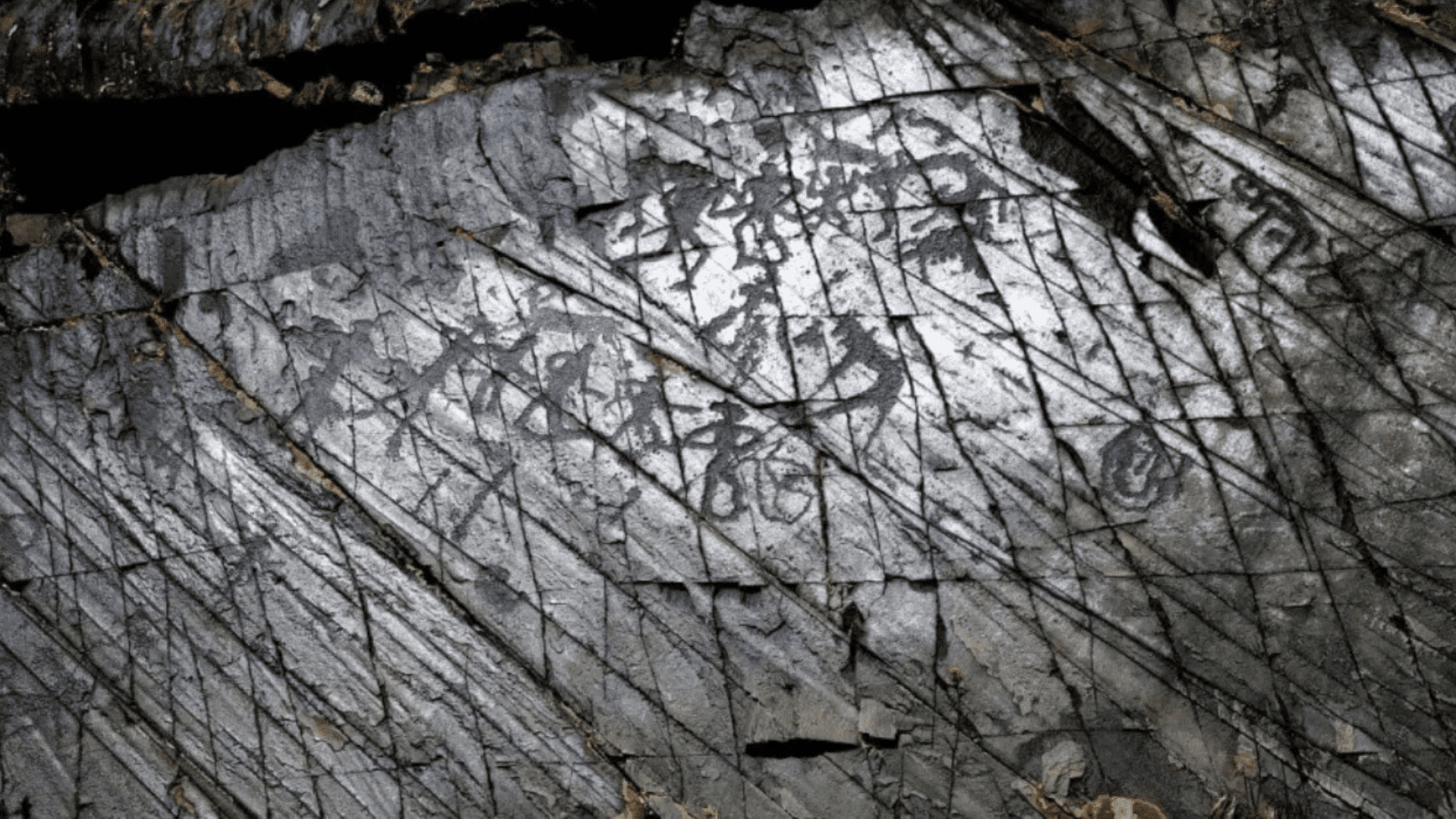
A local news outlet in Kazakhstan, the Astana Times, says the petroglyphs were discovered during a nationwide volunteer campaign to clean up the environment. According to the outlet’s report, the ancient rock carvings are from the Bronze or Early Iron Age. Petroglyphs are engravings created by chipping away at a rock wall. The newly discovered carvings are in southeastern Kazakhstan’s Zhambyl (also spelled Jambyl) region.
“We stumbled upon very unusual drawings, and to understand their significance, we sought the expertise of archeologists. We hope this discovery will shed new light on history,” volunteer Assylzhan Pazylbekov told the Astana Times.
Historians often debate how long the Bronze and early Iron Ages lasted in Kazakhstan. However, scholars agree that they lasted between 4,000 and 2,500 years ago. After the volunteers discovered the ancient art carvings, local archeologists came in to examine the petroglyphs. The depictions show animals and people, including double-humped camels, wild sheep, and hunters, according to the Astana Times.
These ancient petroglyphs spread about 66 to 82 feet long and 5 to 6.6 feet wide, according to Sauran Kaliyev, one of the archeologists who examined the rock art. However, Viktor Novozhenov tells Live Science that the discovery is “not at all new.”
Explore Tomorrow's World from your inbox
Get the latest science, technology, and sustainability content delivered to your inbox.
I understand that by providing my email address, I agree to receive emails from Tomorrow's World Today. I understand that I may opt out of receiving such communications at any time.
Examining the Rock Art
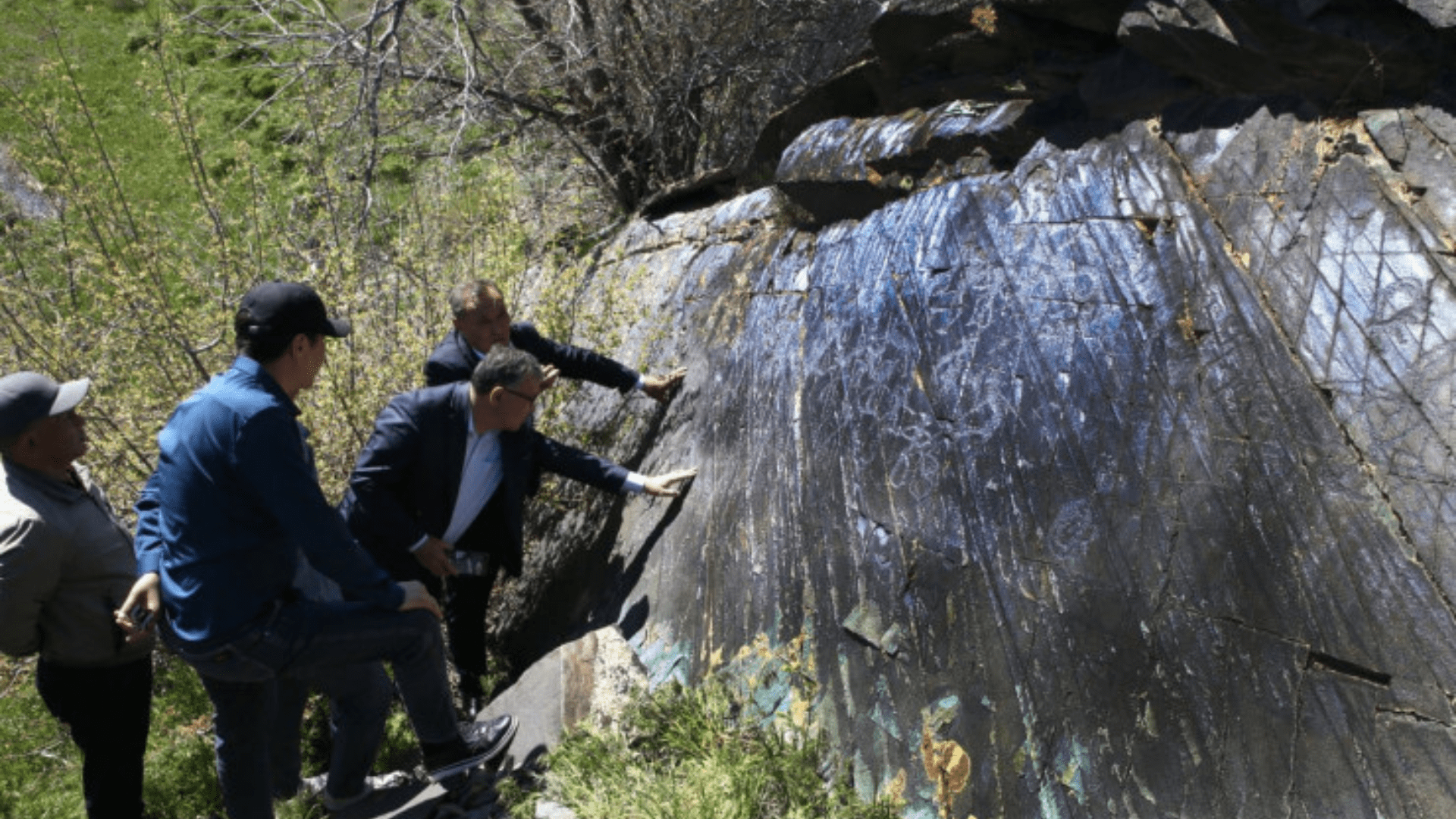
Novozhenov was not part of the original volunteer campaign but said the site needs to be studied more and hasn’t been described in a peer-reviewed journal. When an ancient site like this one is discovered, Novozhenov likes to keep it a secret until they can properly record and review it. Unfortunately, there are problems with vandals or other individuals destroying ancient rock art sites.
Local archeologists and researchers say they need more funding and resources to properly record ancient art sites. Novozhenov said, “We don’t have enough experts and funds for needed analyses and fieldwork.” Archeologists plan to get support from local experts and international specialists. They need all the support they can get to pinpoint the exact date these ancient carvings are from.
Kuanysh Daurenbekov is the director of the Directorate for the Protection and Restoration of Historical and Cultural Monuments. Daurenbekov tells the Astana Times, “We will continue our research and conduct a state examination as we intend to designate it a site of national or international significance to be included in the list of state-protected sites.”



